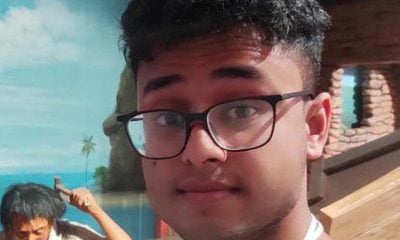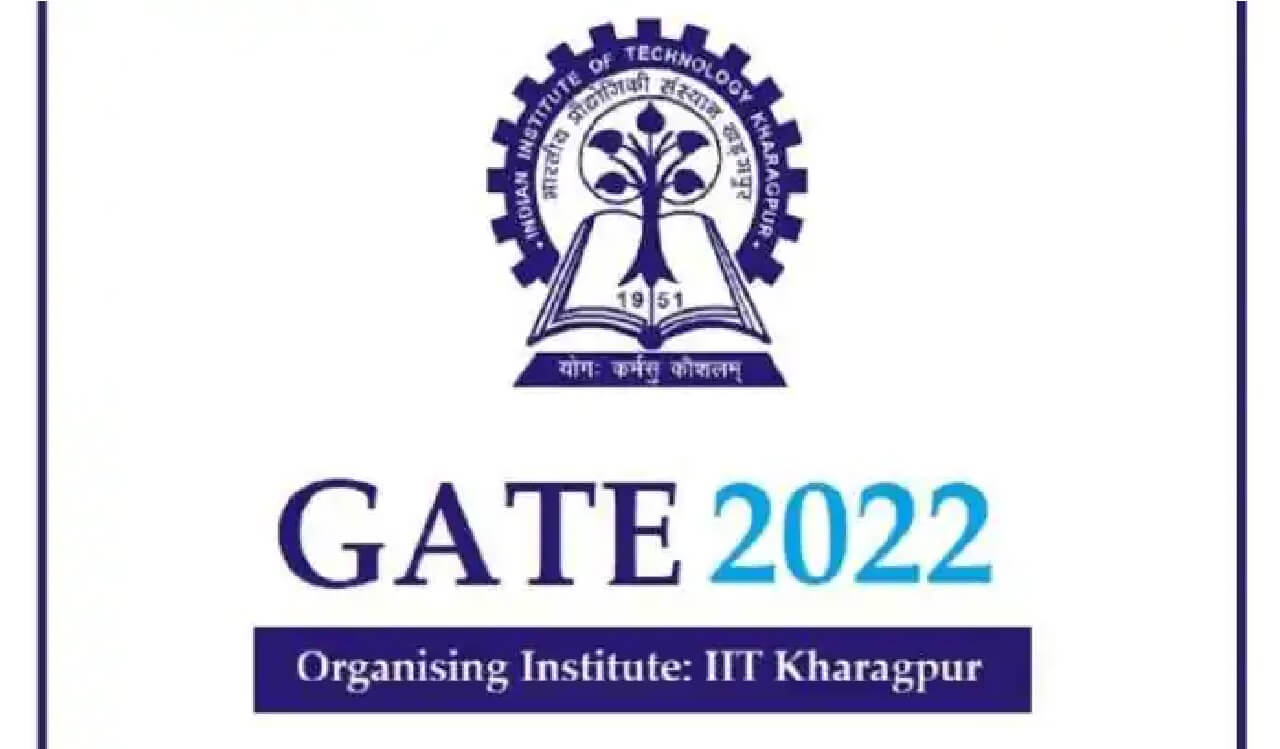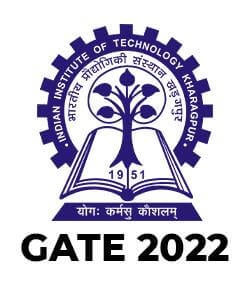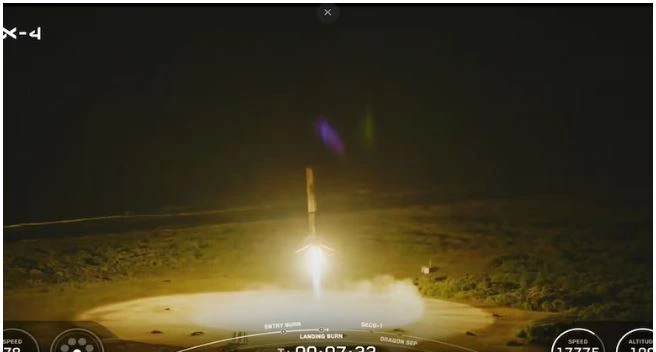Latest Science News
Correction pen is new tool to make cheap diagnostic kits

Latest Science News
Astronaut Shubhanshu Shukla to meet PM Modi after return from historic space mission
Astronaut Shubhanshu Shukla, who recently returned from the ISS as part of the Axiom-4 mission, will meet PM Modi this evening. Parliament will also hold a special discussion on his historic journey.
India News
Shubhanshu Shukla pens emotional note as he returns to India after space mission
Indian astronaut Shubhanshu Shukla penned an emotional Instagram post as he returned to India after his 18-day ISS mission, marking a milestone in India’s space journey.
Latest Science News
Shubhanshu Shukla becomes second Indian in space, lifts off for ISS aboard Axiom-4 mission
Group Captain Shubhanshu Shukla becomes the second Indian astronaut to travel to space after four decades, aboard the Axiom-4 mission to the International Space Station.
-

 Latest world news21 hours ago
Latest world news21 hours agoTarique Rahman returns to Dhaka after 17 years, massive crowd greets BNP leader
-

 Latest world news18 hours ago
Latest world news18 hours agoKhaleda son Tarique Rahman arrives to rapturous welcome in Bangladesh
-

 India News2 hours ago
India News2 hours agoDelhi air quality improves slightly but stays in poor category
-

 India News2 hours ago
India News2 hours agoTrain fares increased from December 26: check revised ticket prices across classes
-

 India News5 mins ago
India News5 mins agoVeer Bal Diwas reflects courage, conviction and righteousness, Says PM Modi














